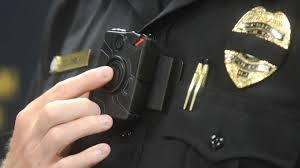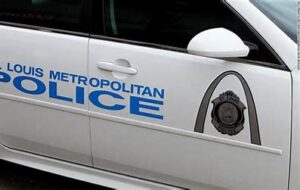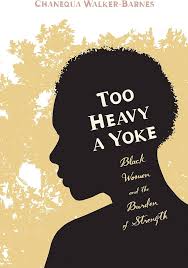Published by St. Louis American – September 26, 2016
The demand for police body cams is growing as urban communities experience more blatant forms of police terrorism. The demands are coming from a place of utter frustration and grief. And while I understand the desperate need for anything that can aid citizens in holding officers accountable along with the departments that often cover for them, I suggest we slow down and look both at what we know and what we don’t know.
The first such video that was widely publicized was that of the beat-down of Rodney King by Los Angeles police officers in 1991. Tased, stomped unmercifully and hit numerous times with police batons, King suffered nine skull fractures, a broken leg, a concussion, injuries to both knees, a shattered eye socket and cheekbone, and a paralyzed face. He would never be the same, mentally or physically, dying at the premature age of 47.
Black and brown communities thought the video would be vindication of our long-expressed experiences with police violence often hidden from the mainstream media.
Ha! By the time the attorneys for the police officers involved in the beating got finished interpreting the video, jurors were made to believe that all King’s defensive moves to protect himself were aggressive moves towards officers. It was a case of “who do you believe – us or your lying eyes?” All of the white officers were acquitted of criminal charges, which resulted in South Central going up in flames.
In the 25 years since that infamous video, there have been thousands of police encounters videotaped and, once the internet hit the scene, uploaded on social media. Many of these videos show the actual killing of the citizen by police. Examples of unarmed black men like Eric Garner, Walter Scott, Kajieme Powell and most recently Terence Crutcher and Keith Scott have unfortunately become commonplace in our public consciousness. Videos have not proven to make such cases a slam-dunk because of the same kind of police interpretation presented in the Rodney King case. Add to that the almost undisputable claim of an officer feeling “threatened” and a visual accounting of the incident as evidence of criminal action literally evaporates like a Snapchat photo.
A recent national survey of nearly every large police department indicates that nearly 95 percent plan to move forward with body cams or have already instituted their use. The survey was done by the Major Cities Chiefs Association and the Major County Sheriffs’ Association. Still, in a knee-jerk response, the Department of Justice plans to give $20 million to police departments to buy body cameras as part of a three-year $75 million program.
It’s no surprise that nearly 80 percent of police dashboard cameras of Chicago PD and LAPD reported experiencing audio problems, which police officials blamed on “officer error” and “intentional destruction.” If there’s no audio, police get to make up their own script about an incident.
And take the case of Jeremy Dear, an Albuquerque cop who was fired after a history of failing to activate his body cam just before he was about to use excessive force. One of those times involved his killing of a teenaged girl. Dear was reinstated by the city’s personnel board. Apparently, any harm done was not worth his termination.
Here in St. Louis, the public found out the police code for being recorded with the videotape of the 2014 beat-down of black teenager Cortez Bufford. When Bufford’s attorneys recently released the tape, you can hear Officer Kelli Swinton warning her co-conspirators to “hold up! We’re red now. Just wait.” All charges were later dropped against Bufford, and he has filed a law suit against the St. Louis police.
The use of body cams brings with it a truckload of legitimate privacy issues. What situations should be recorded? Which incidents will be exempt from recordings? How long will footage be stored, as well as how and where? Who has access to the footage? What is the process for complying with open records requests?
The Movement for Black Lives released its policy platform on a host of issues facing the African-American community this summer. Regarding body cams, the group adopted the guidelines set forth by the Leadership Conference on Civil and Human Rights. The conference urges police departments to “commit to a set of well-defined purposes for camera use, and need to specify clear operational policies for recording, retention and access.”
That’s probably not going to happen without interference from the usual suspects. Police associations are doing all they can to block the use of body cams and block the public’s access to resulting video and audio tapes. The local police association tried to block a pilot program by Police Chief Sam Dotson on the grounds that its union contract protects officers from wearing body cams until the issues goes through the bargaining process. Chief Dotson circumvented this barrier by using sergeants, who are exempt from the union contract, for the pilot.
The police union is getting support for its rebuff of transparency with the likes of Missouri legislators, who introduced SB331 to keep police videos out of the light of the Sunshine Law. Attorney General Chris Koster, campaigning to be the next governor of Missouri, is also in favor of barring public access to the recordings.
It appears that the use of body and dashboard cameras by police departments is inevitable. After the police killing of Michael Brown Jr. the Ferguson Police Department rushed to buy cams. The St. Louis County Police Department is phasing cameras in as well.
We, as citizens, cannot make the demand for cameras without staying around for the necessary fight to implement fair and effective policies around the use of the cameras and the subsequent recordings. If we don’t, citizens should count on a very expensive program that we pay for but that only serves to shield police from the very accountability that the public has been demanding.




